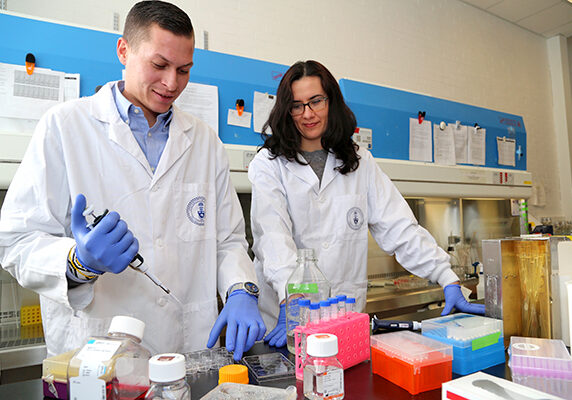
Diesel trains may expose passengers to exhaust
Levels of certain airborne pollutants are up to nine times higher in train cars directly behind diesel locomotives than on busy city streets.

Can microwaves make mining more sustainable?
Professor Erin Bobicki (MSE, ChemE) is developing more sustainable ways of extracting valuable minerals from ore, including material previously discarded as waste.
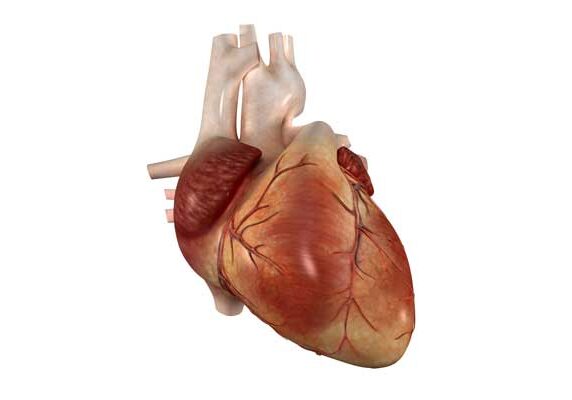
TBEP and MbD: Engineered smart scaffolds could help repair damaged hearts and muscles
Two multidisciplinary partnerships led by U of T Engineering researchers are developing implantable biomaterials that accelerate injury recovery, from car accidents to heart attacks.

Heat, housing and health: Marianne Touchie and the complexity of multi-unit residential buildings
Professor Marianne Touchie is working with Toronto Community Housing and The Atmospheric Fund to better understand how changes to energy use affect indoor environmental quality in multi-unit residential buildings
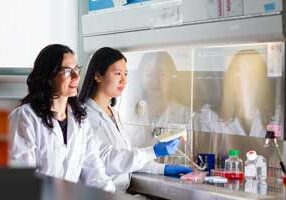
New frontiers in health-care innovation
This article originally appeared in the 2016 issue of Skulematters magazine. Interdisciplinary research from U of T Engineering is helping us live longer, healthier lives. These projects from across our Faculty illustrate leading-edge innovations that will improve health care, from planning and prevention to diagnosis and treatment: Optimizing surgical schedules Long wait lists for elective surgeries […]
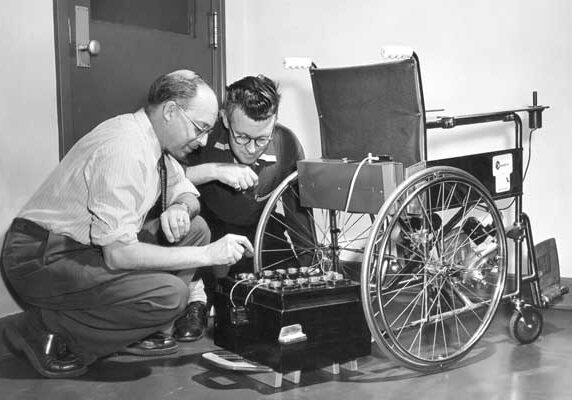
The Maker: George Klein and the first electric wheelchair
Alumnus George Klein (MechE 2T8) had a hand in more than a thousand 20th century inventions, including the world’s first electric wheelchair.
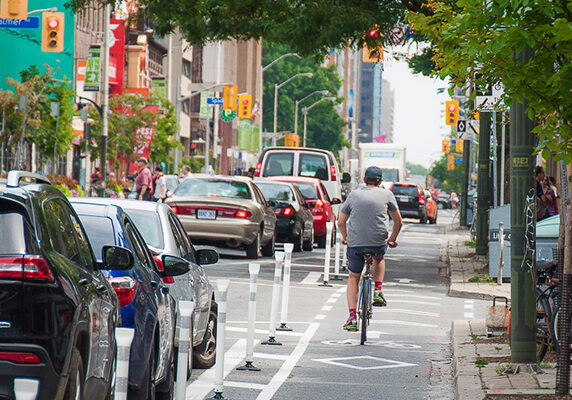
Bike lanes on Bloor Street: U of T Engineering partners with Miovision, City of Toronto to help evaluate pilot and track traffic safety
Matthew Roorda (CIvE) performing conflict analysis to help cities evaluate the impact to safety of any changes to a streetscape


